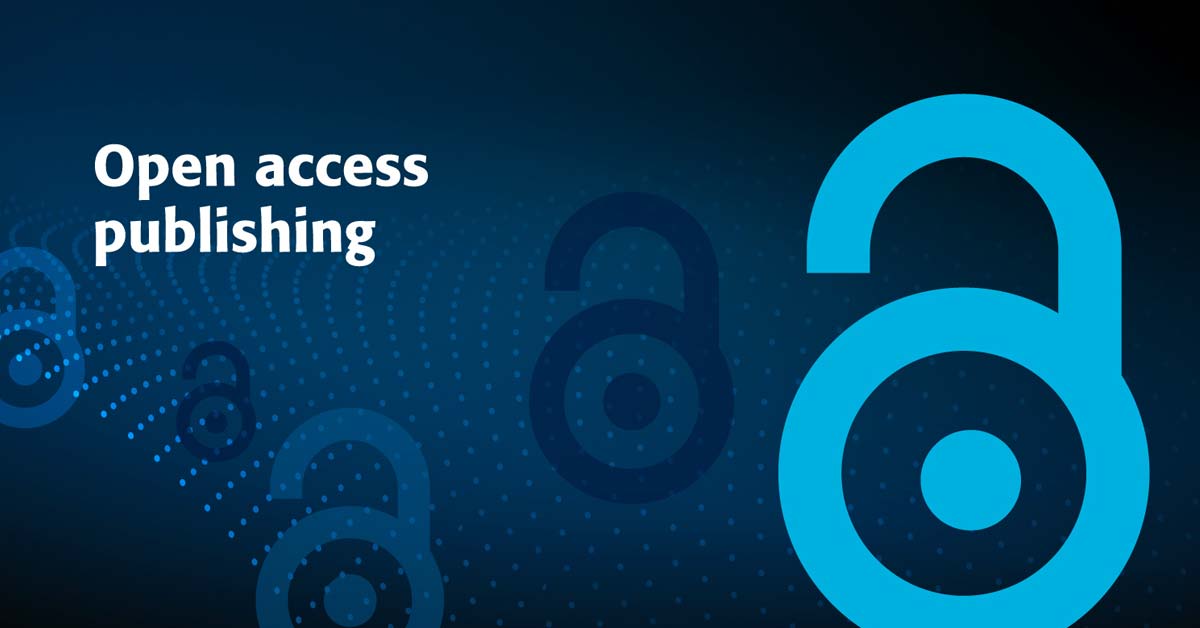Open Access or OA is an immediate, permanent, toll-free online access to the full texts of peer-reviewed research journal articles and free of most copyright and licensing restrictions. It eliminates the price barriers like subscription and licensing and permission barriers like copyright restrictions. Just like conventional scholarly literature, Open Access is compatible with copyright, peer review, print, career advancement, and other supportive services. The main difference between OA and conventional scholarly literature is that the pills for services or features are not paid for by the readers, thus they aren’t considered as access barriers. To effectively boost the system to OA, the support for publishers who are transitioning to this model. A guest post at Open Access Scholarly Publishing Association (OASPA) covers different aspects of normalizing OA.
Owing to its many advantages, in the wake of the COVID-19 pandemic, scholarly publishing is transitioning to OA, with a transformative agreement targeted to motivate the transition among subscription and mixed-model publishers. Since OASPA is a fully OA publisher, they have started OA from the beginning, and developing a new OA model won’t be a problem for the transitioning from subscription publishing to a new publishing model. Therefore, OASPA encourages “Fully OA publishing agreements”. Article Processing Charges (APCs) are dominant in the OA model, but other potential agreements and membership-style models are being explored.
OASPA has pioneered services like article-level metrics, preprint facilitation, open data facilitation, peer review innovations, rapid-publication, etc. Their focus is on the methodological and ethical rigor of research, diverse choices for the author without being much affected by changing landscape of scholarly publishing.
The advantages of having a fully OA publishing agreement include; simplified workflow, the ability to plan the budget, a stable view of financial agreements, and diverse choices for authors who are incentivized for publishing with OA publishers. To enhance collaboration between the scholarly community and institutions or libraries, OASPA invites them to include arrangements with fully OA publisher in their policy or guidelines, purse agreements with them, allocate budget for publishing with open-access publishers, and create institutional OA funds for facilitation students and faculty to publish in fully OA journals.
Libraries have taken the initiative to start down with fully OA publisher and this union has brought forth some great partnerships like Copernicus Publications, Frontiers, MDPT, JMIR-Publications, PeerJ, and Ubiquity Press. All the OA publishers are providing services, that comply with Plan S and fulfill their primary principle of normalizing OA and bringing it to mainstream scholarly publishing.
Keywords:
Open Access (OA), Open Access Scholarly Publishing Association (OASPA), OA models, Libraries, Plan S, Fully OA publishing agreements, Pure Publish Agreements.

COMMENTS
The above article clearly defines the difference between OA and SPA, it has also commented that Due to the Pandemic situation SPA has started to adopt OA publishing . This is good initiative to educate the readers on the aspects related to the COVID-19 developments in research. This has helped a large community of Medico’s and Researchers to understand and exchange experiences on the new virus SARS-CoV-2 corona virus.